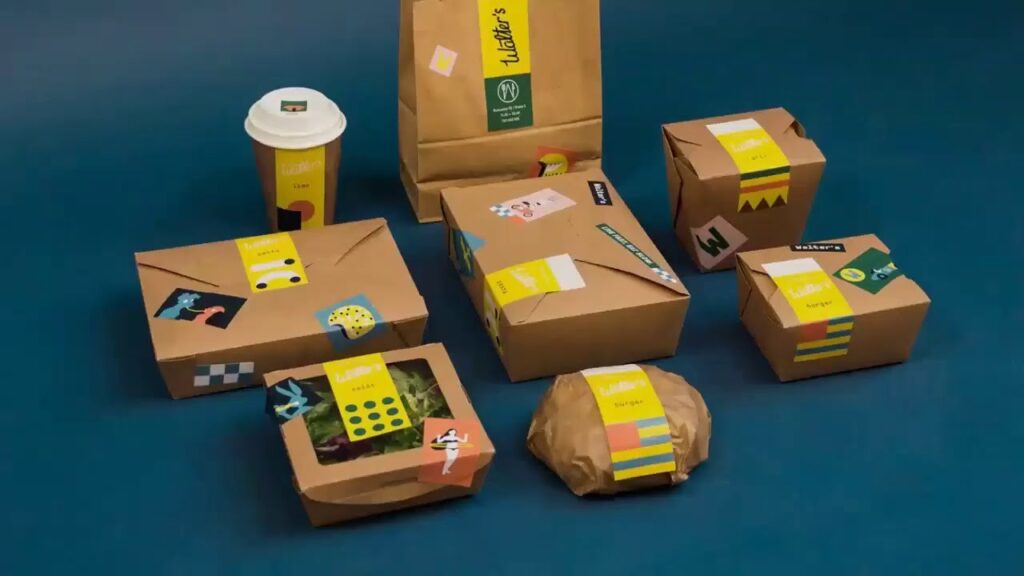
Effective product packaging is crucial for attracting customers and ensuring a successful product launch.
We’re excited to share with you the five secrets to creating packaging that not only stands out but also drives sales.
Successful product packaging is more than just a container for your product; it’s a powerful tool that can influence consumer behavior and drive sales.
To create packaging that truly resonates with your target audience, it’s essential to focus on both visual appeal and functional design.
Here are five secrets to crafting product packaging that stands out in the market.
1. Understand Your Target Audience
Know Their Preferences
Tailor your packaging design to meet the specific preferences and needs of your target audience.
- Demographics: Consider the age, gender, income level, and lifestyle of your target market. Packaging that appeals to teenagers might not resonate with senior consumers.
- Psychographics: Understand the values, attitudes, and interests of your audience. Eco-conscious consumers might prefer sustainable packaging, while tech-savvy individuals might appreciate smart packaging features.
Consumer Insights
Gather insights through market research to create custom product packaging that aligns with consumer expectations.
- Surveys and Focus Groups: Collect feedback directly from potential customers to understand their packaging preferences and pain points.
- Competitive Analysis: Study competitors’ packaging to identify trends and gaps that you can exploit to differentiate your product.
2. Prioritize Functionality
Ease of Use
Ensure your custom pouch packaging is easy to use and enhances the consumer experience.
- Opening Mechanisms: Incorporate user-friendly opening mechanisms like tear notches, pull tabs, or resealable zippers.
- Portability: Design packaging that is lightweight and easy to carry, especially for products intended for on-the-go use.
Product Protection
Packaging must protect the product from damage and contamination.
- Durable Materials: Use materials that provide adequate protection against physical damage, moisture, and other environmental factors.
- Barrier Properties: For perishable goods like snacks, use high-barrier materials that protect against oxygen, light, and moisture to extend shelf life.
3. Focus on Aesthetic Appeal
Visual Impact
Attractive packaging design can capture attention and make a strong first impression.
- Color Psychology: Use colors that evoke the desired emotions and associations related to your product. For example, green often conveys health and eco-friendliness.
- Typography: Choose fonts that are readable and align with your brand’s personality. Bold, modern fonts might suit tech products, while elegant, script fonts might be better for luxury items.
Branding Consistency
Ensure your packaging reflects your brand identity consistently.
- Brand Elements: Include your logo, brand colors, and tagline to reinforce brand recognition.
- Design Cohesion: Maintain a cohesive design language across all packaging elements to create a unified brand image.
4. Sustainability and Innovation
Eco-Friendly Materials
Consumers are increasingly seeking sustainable packaging options.
- Recyclable Materials: Use materials that can be easily recycled, such as paper, cardboard, and certain plastics.
- Biodegradable Options: Consider biodegradable materials that break down naturally and reduce environmental impact.
Innovative Features
Incorporate innovative features that add value and differentiate your product.
- Smart Packaging: Utilize QR codes or NFC tags that provide additional product information or interactive content.
- Unique Shapes and Structures: Experiment with unique packaging shapes and structures that stand out on the shelf and create a memorable unboxing experience.
5. Clear and Informative Labeling
Transparency and Trust
Clear labeling helps build trust with consumers by providing essential information.
- Nutritional Information: For food products, clearly display nutritional information, ingredients, and any relevant certifications (e.g., organic, non-GMO).
- Usage Instructions: Provide clear and concise usage instructions to ensure consumers know how to use the product effectively.
Legal Compliance
Ensure your packaging complies with all relevant regulations and standards.
- Labeling Requirements: Adhere to legal requirements for labeling, such as ingredient lists, allergen warnings, and expiration dates.
- Safety Information: Include any necessary safety information, such as warnings or handling instructions, to protect consumers and avoid liability.
Conclusion
Creating successful product packaging involves a careful balance of understanding your target audience, prioritizing functionality, focusing on aesthetic appeal, embracing sustainability and innovation, and providing clear and informative labeling. By following these five secrets, you can design packaging that not only captures attention but also enhances the consumer experience, builds brand loyalty, and drives sales. Remember, great packaging tells a story and connects with consumers on a deeper level, ultimately contributing to the overall success of your product.